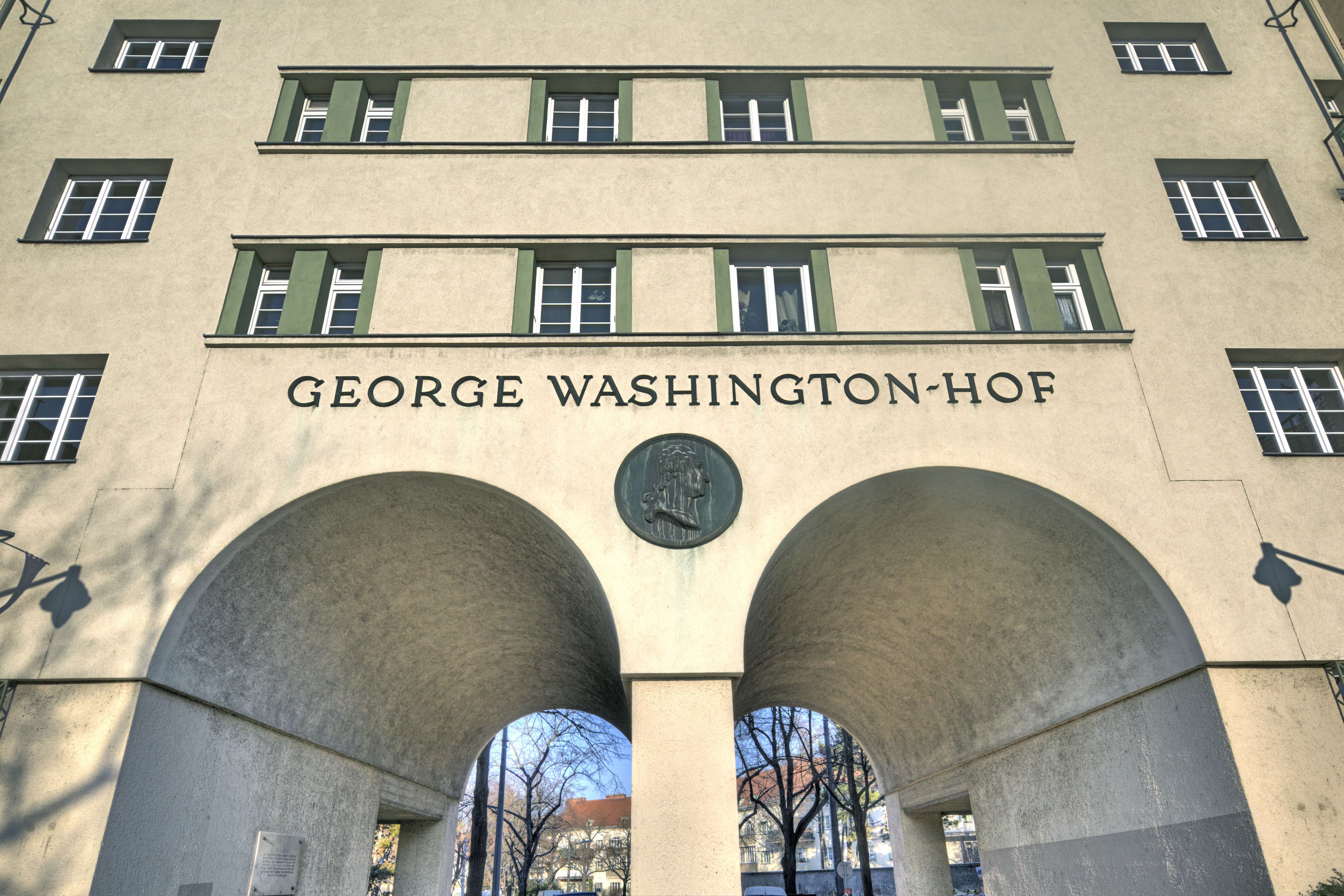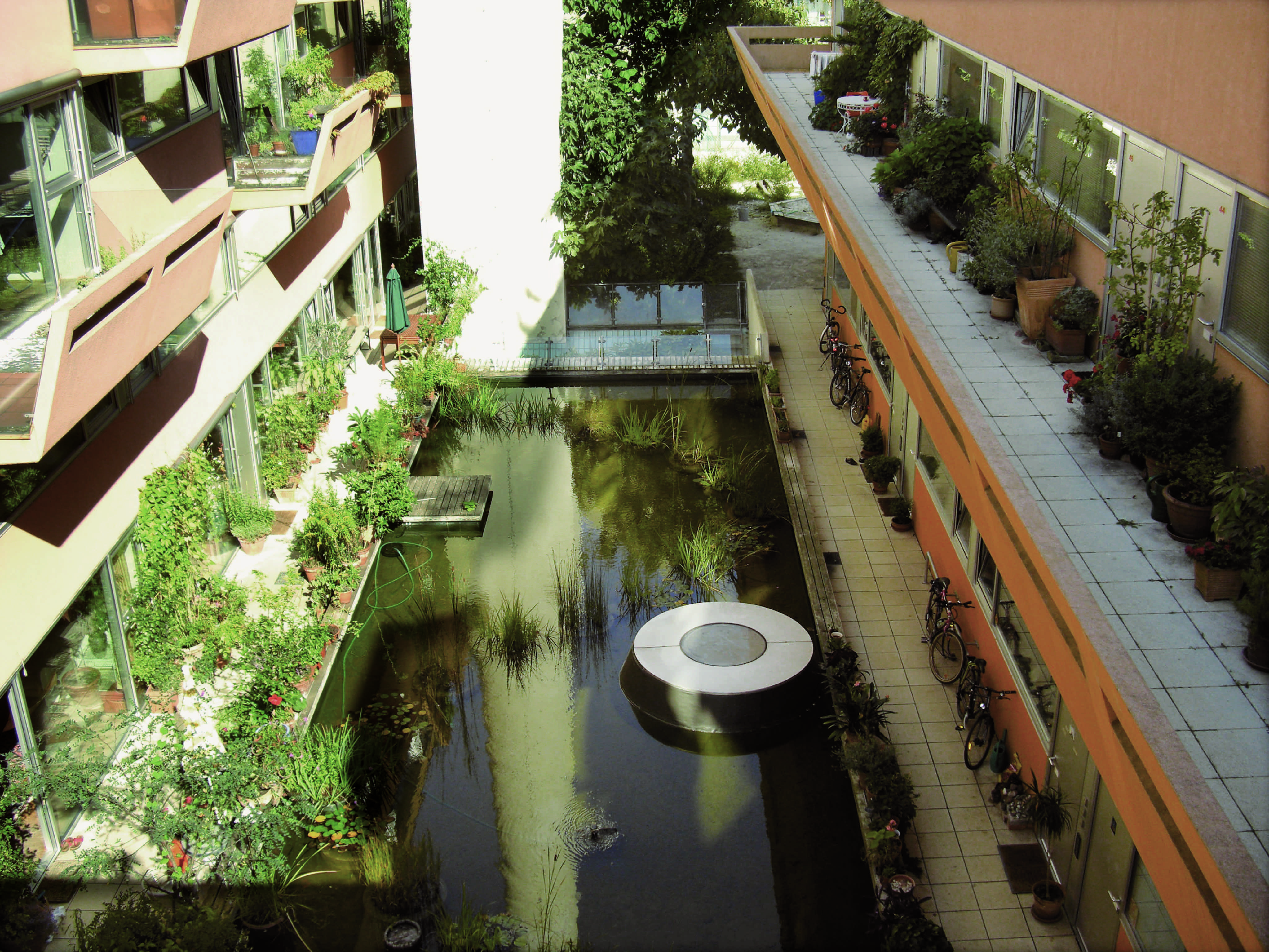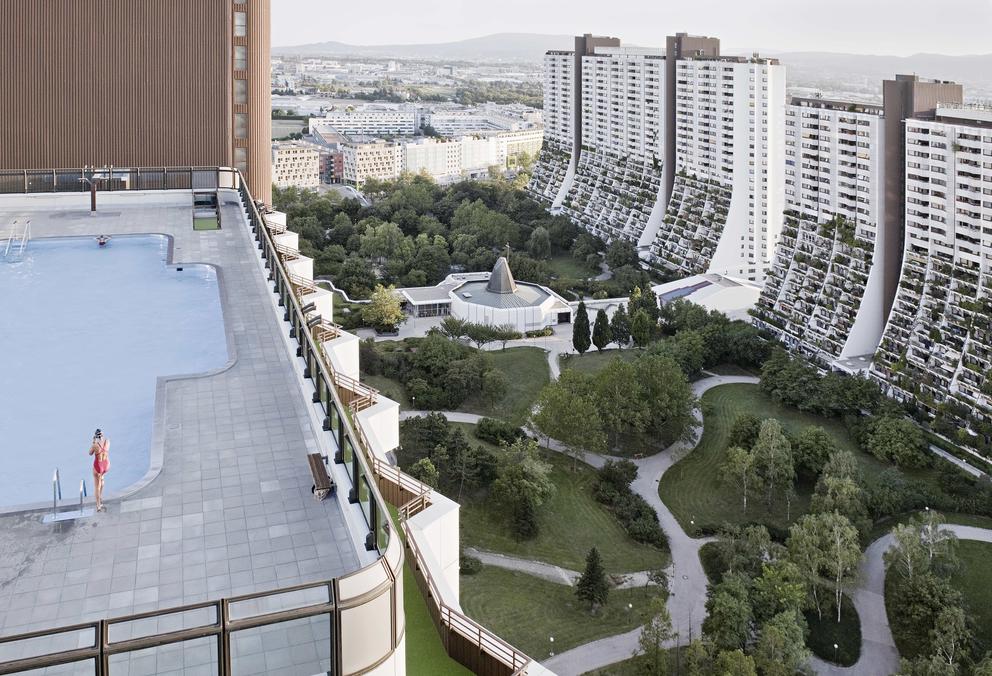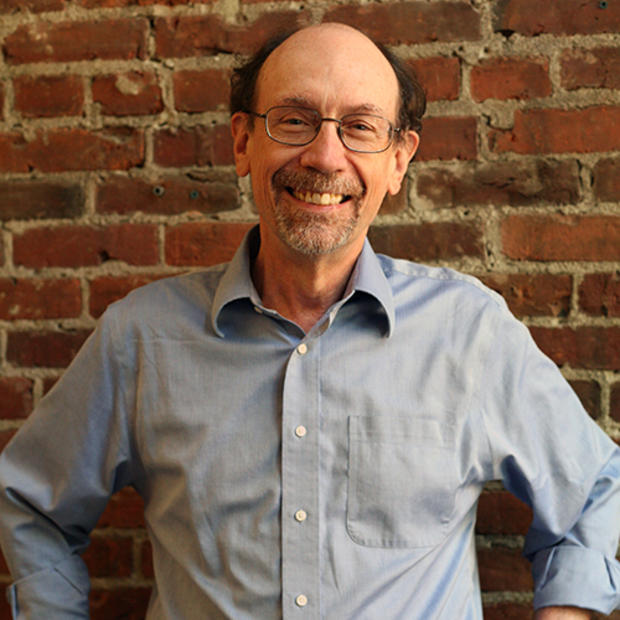Construction is everywhere. The economy is booming. And yet Seattle’s homeless problem continues to grow. If we can’t even make progress in good times, the odds would seem to be against real solutions.
But there is one city that seems to have it figured out: Vienna.
European cities, in general, do much better than North America in providing housing. The Austrian capital, though, has had unusual success with housing issues that dog metro areas in the Pacific Northwest.
Vienna offers a vision of a city that doesn't shove long-time residents to neighboring communities, accommodates a range of incomes, and actually has enough affordable housing that the homeless problem is solved.
The Austrian capital’s model has attracted attention in Asia, other parts of the U.S. and Vancouver, British Columbia, where political leaders have declared a homelessness crisis. Recently, a Museum of Vancouver exhibit, “The Vienna Model: Housing for the 21st Century City,” has provoked considerable attention.
In terms of people living on the streets, there's just "no comparison, no comparison" at all between European cities in general and the U.S. or even Canada, says William Menking, the New York-based co-editor of a book, "The Vienna Model," on which the exhibit is based. He's in Berlin currently, where on a recent day in a working-class neighborhood he didn't see a single homeless person.
Here are just a few of the many issues that Vienna has figured out: Mixing ethnic, age and income groups. Protecting open space. Aging in place. Transit-centered development. Building new train lines to the hinterlands before suburban housing developments are built.
These successes cut across the range of social, transportation and sustainability issues that Seattle knows it should tackle.
Some of Vienna’s housing uses the high-rise, easy-to-construct styles that generally flopped — often so spectacularly that whole buildings were demolished — in America’s public housing. Austria, like America, has a history of discrimination (Hitler spent considerable time there) and ethnic tensions; it approached its big housing projects with an eye toward creating a functioning society.

Even before World War II, Vienna was working at bringing people together in attractive housing projects, not warehousing the needy and the working class. Architects sought to create a “garden city” for workers with an early low-rise complex, George-Washington-Hof. In the 1960s, a large, 11-story complex of prefabricated elements plopped in place by cranes was redeemed by individual units that were laid out to allow ample natural light, and by buildings placed in such a way that they create a park-like setting. By the mid-’70s, a complex with 20-plus story buildings — called Wohnpark (Residential Park) Alt-Erlaa — was being built for 7,000 people with spacious gardens, rooftop pools, saunas, preschools and more — a concept the exhibit organizers call “luxury for all.”
More recent innovations tend to use somewhat lower-rise buildings juxtaposed with a variety of walkways, recreational facilities, residence balconies and green space — all accomplished while creating enough density to support transit.
One recent housing project used generally low-rise construction and flexible floor plans to ensure that residents could have options as they aged to shrink their space or share their units with others — and the rooftop gardens are wheelchair accessible.
Those rooftop gardens, common in Vienna’s housing for people of all incomes, are starting to pop up in a few new developments here — for those who can afford the steep-even-for-Seattle rents.
Vienna certainly has advantages: The federal government covers more than half of the roughly $700 million a year spent there on "social housing," the subsidized units that house about 60 percent of the city’s population. These dwellings have some sort of subsidy for construction or operation, a concept that's very different from the public housing practices in this country that give a small percentage of people a break but come nowhere near making rents broadly affordable.
The city also owns a lot of land where it can develop the housing complexes (at least one Viennese architect advises never selling public land). And it uses its advantages smartly: Menking says that the practice of awarding housing projects to nonprofits encourages collaborations with architects, and quality counts in making awards. The result: housing that incorporates — and creates — the best of urban life.

As Sharon Lee of Seattle's Low Income Housing Institute notes, about 100,000 households here are paying more than 30 percent of their income for housing, many of them forking out more than 50 percent. Seattle could benefit from 60,000 more affordable units, she says — not the 50,000 total new units, most at market rate, that the mayor hopes to see built.
Vienna’s tradition is vastly different than ours; it’s supported by people who are willing to pay taxes for housing, health care and transit. There's no prospect at the moment that national politics in the United States will lead to the kind of federal support that would make a huge difference in housing affordability.
But Seattle’s voters have acted almost European in approving taxes for transit and housing. Although the city turns the Vienna model of mixing incomes upside down by allowing developers to fund affordable housing elsewhere rather than including it in their own buildings, it does have some experience in making use of the nonprofit sector along Austrian lines.
LIHI's Lee points out that, beyond Seattle's longstanding housing levy, there's a new factor. Councilmembers Kshama Sawant and Lisa Herbold managed to insert $29 million in housing bonds into the city budget for this year. Lee thinks the idea could tap into the kind of spirit that energized Seattle’s campaign for a $15 per hour minimum wage.
Jonathan Rosenblum, the author of a book about that campaign called “Beyond $15,” has been writing about the need for “a massive public housing program” in Seattle. His idea for financing it would be a local version of an income tax. That likely raises issues with the state constitution, which courts have interpreted as barring any income tax unless it were a flat rate. But where there’s a will, there may be a way to tackle at least part of the need.
It’s not something that will happen overnight. But perhaps we can take some small consolation — confidence — in knowing that Vienna’s emphasis on affordable residences dates from a housing crisis a century ago.
—
This series is made possible with support from Comcast. The views and opinions expressed in the media, articles, or comments on this article are those of the authors and do not reflect or represent the views and opinions held by Comcast.



